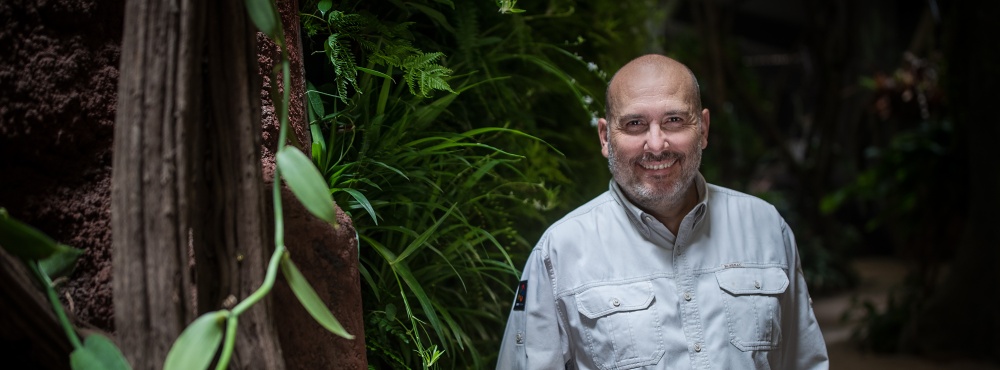Last chance for the Mountain Pygmy-possum

High up in Kosciuszko National Park, my Australian colleagues showed me the typical habitat of a very small, extremely interesting and endangered marsupial – the Mountain Pygmy-possum (Burramys parvus). It was a scree slope formed from huge boulders. The Burramys (as it is also known) spends most of its time under the surface of these stones. There they find a safe shelter not only from predators, but also from the extreme hot and cold temperatures, which would probably be more likely to kill them than any predator. There are also automatic feeders embedded deep among the rocks to compensate for their lack of natural food. What’s more, there is even the nearby “tunnel of love”, which runs under the road and helps the Mountain Pygmy-possums travel to their mates. This too is hidden under a pile of rocks, so that these tiny marsupials can easily slip through.
 Mountain Pygmy-possum. Photo: Miroslav Bobek
Mountain Pygmy-possum. Photo: Miroslav Bobek
Even before the fires of late 2019/20, the Mountain Pygmy-possum was already on the verge of extinction. There were about 2,500 individuals left in the Australian Alps. Climate change, with the concomitant rise in temperatures, and the dramatic decline of migratory bogong moths (Agrotis infusa), which the Mountain Pygmy-possums “fatten up” on in the period before hibernating, have meant it is now critically endangered. The extensive fires have further exacerbated the situation; among other things, they have destroyed part of the stands of mountain plum pine (though it is neither a plum nor a pine; Podocarpus lawrencei), a local podocarp which grows extremely slowly and is also an important food source for the possums. After these fires, we too joined the fight to save the Mountain Pygmy-possum by contributing nearly CZK 3.2 million to support the construction of a breeding and introduction centre at Secret Creek Sanctuary, several hundred kilometres away, near Lithgow.

We went along with the idea promoted by some Australian scientists and conservationists, headed by Prof. Michael Archer. They want to try to save the Mountain Pygmy-possum in a truly surprising way: by creating a wild population in a cool, moist rainforest, a completely different environment from the high mountains. I must admit that I initially shook my head in disbelief at their plan, but I soon became enthusiastic about it. This rather unorthodox project is based on palaeontological findings which have shown that millions and millions of years ago, these possums lived in cool, moist lowland forests. “Our” station at Lithgow, which opened this Easter, will ensure the Mountain Pygmy-possums can breed and subsequently be released into the surrounding lowland wet forests. I had the opportunity to see one of the places where they should eventually live in the wild. It is a shady, damp forest on rocky slopes above a stream, where the Mountain Pygmy-possums will have to cope with completely different conditions and – for example – will not go into hibernation.

First off, however, it is necessary to breed them, which is a big enough task of its own; when we opened the station, there were just 14 individuals. But, on the other hand, this is a big step forward. After all, this project was first proposed decades ago – and now it is probably the only chance to save the Mountain Pygmy-possum from extinction.

ZOOPRAHA.CZ
Contacts
- The Prague zoological garden
U Trojskeho zamku 120/3
171 00 Praha 7
Phone.: (+420) 296 112 230 (public relations department)
e-mail: zoopraha@zoopraha.cz
Others








